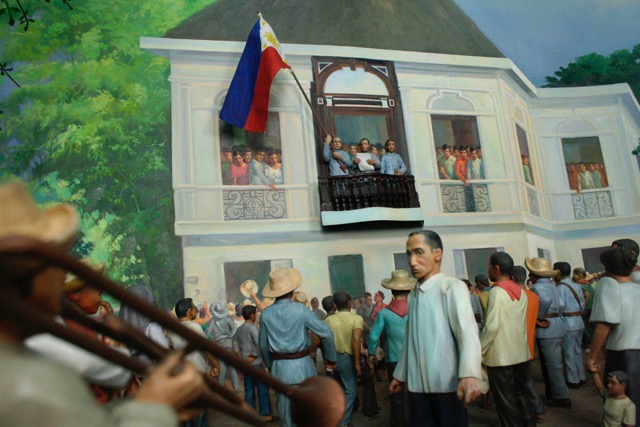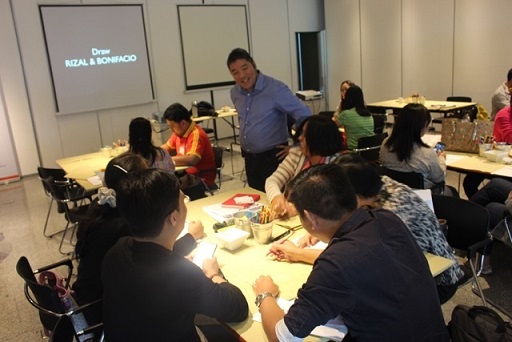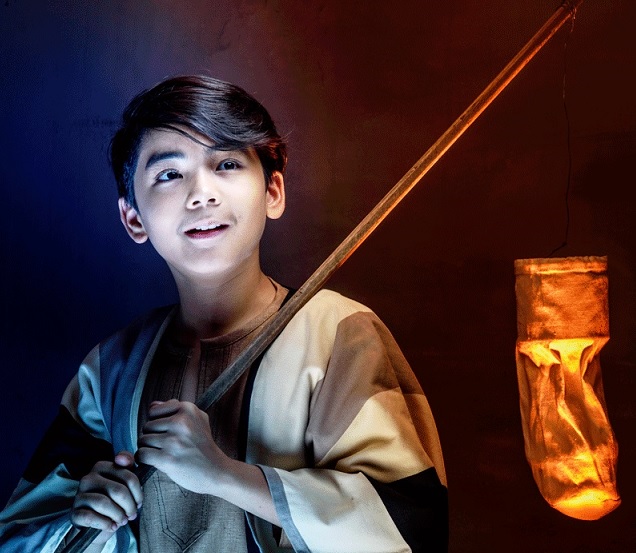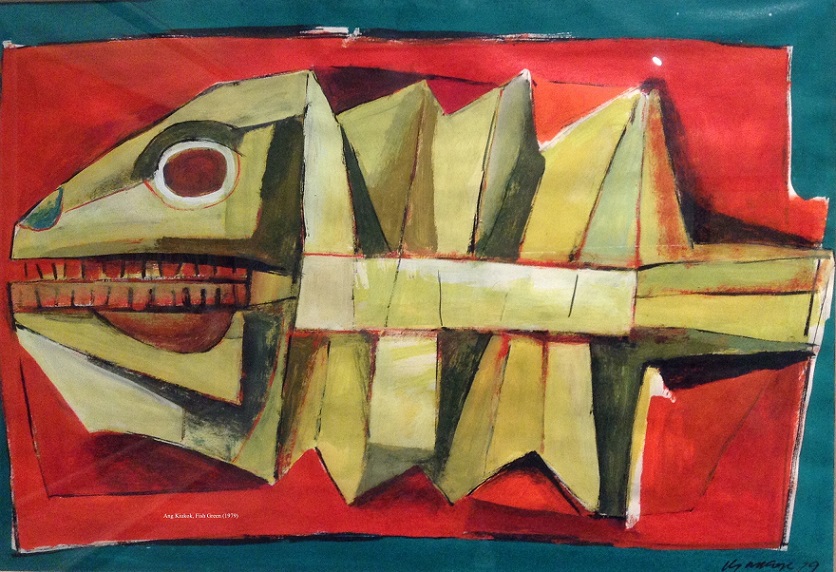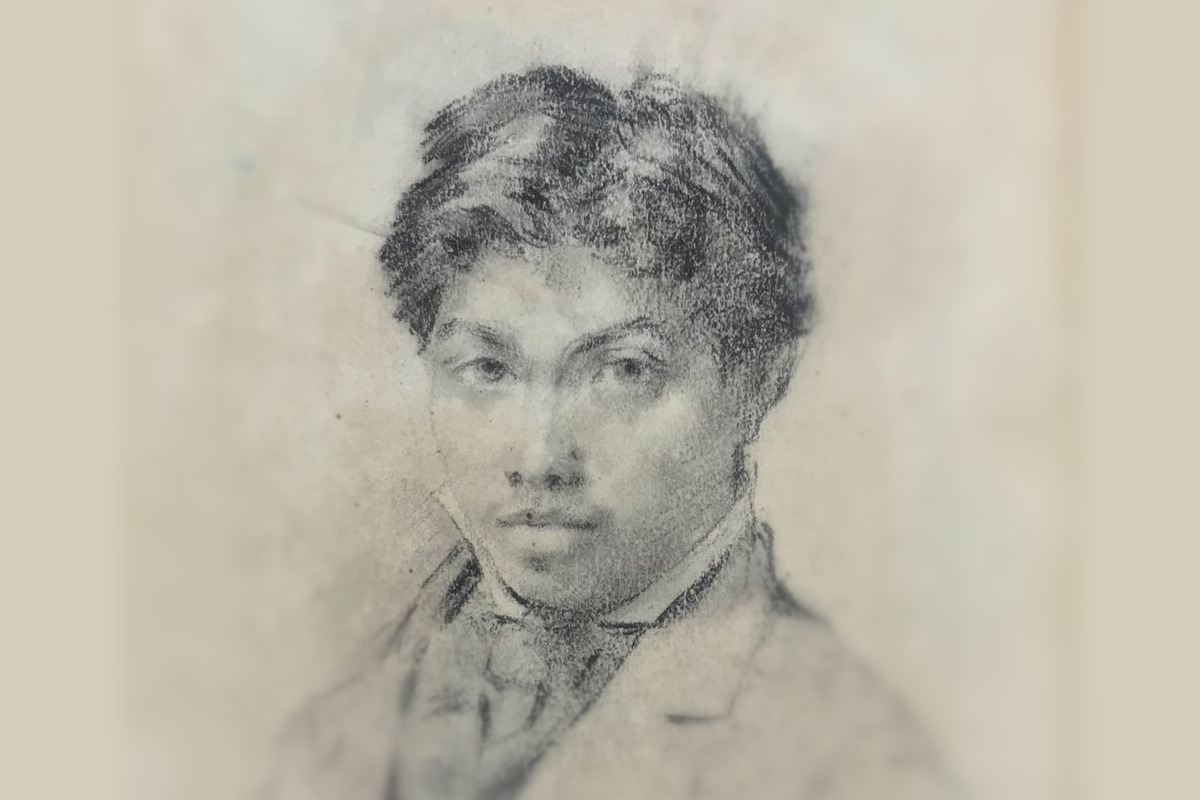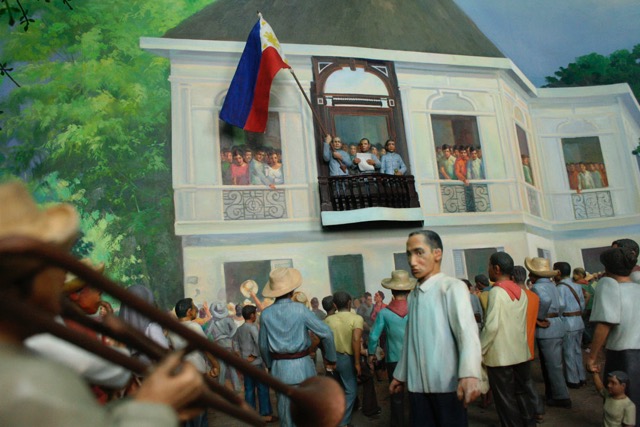
By NORMAN SISON
IT is not exactly like the Adam Sandler movie series “Night at the Museum” in which the exhibits come to life, but the idea is the same.
For museums, the constant challenge is to pique people’s interest and get them to come inside. That has become even more difficult in today’s electronic age, in which almost everything can be found on the Internet.
And, these days, probably among the foremost concerns is “where can I charge my mobile phone” or “is wifi available”. In idle moments, people are most likely to be fiddling with their cell phones or some other device.
In the case of Ayala Museum, which focuses much of its energy on telling the story of the Philippines and its people, it doesn’t help that history gives off the impression of being a serious — if not boring — subject. One answer to that is to adapt, keep up with the times by using technology and take a step into the digital age.
Last June, in time for Independence Day, Ayala Museum introduced iPod Touches that have a computer application known as augmented reality. When viewed with the devices, visual and sound effects make the dioramas appear to come to life.
Eighteen select dioramas can be viewed with augmented reality. Visitors hear the orders from a Spanish military officer to a firing squad and the accompanying drumbeat at the 1896 execution of Jose Rizal. Cheers from the crowd go up when Philippine independence is declared from the center window of the Aguinaldo mansion in 1898. There are explosions and smoke when invading British troops begin their attack on Intramuros in 1762, heralding the three-year British occupation of Manila.
Since it opened in 1974, Ayala Museum’s mainstay has been its gallery of 60 dioramas, hand-crafted by woodcarvers from the town of Paete, in the province of Laguna, known for its woodcarvings and frequented by tourists.
The dioramas depict key events in Philippine history, from the pre-colonial period to Philippine independence to the 1986 overthrow of the Marcos dictatorship. The museum is a recommended stop for foreign tourists who want a quick education in the country’s past.
Ayala Museum’s 3D-on-3D augmented reality feature is the first to be offered by a museum in the Philippines and in Asia. Work on the project began late last year. The software was developed by the Harish & Johnsen Group.
Some museums abroad are already using augmented reality but on paintings. Dioramas, however, posed an additional challenge in designing the software because they are three dimensional with actual shapes.
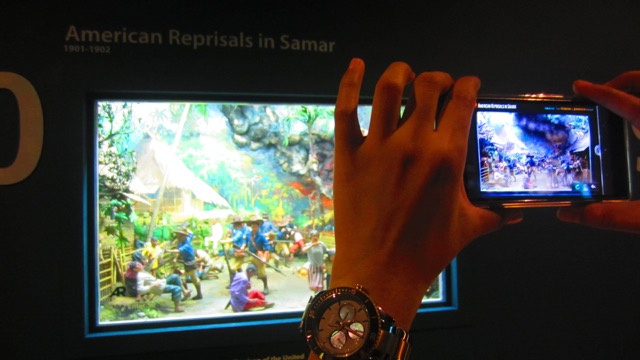
Mariles Gustilo, senior director for arts and culture of Ayala Foundation Inc., which runs the museum, says museums are being forced to rethink how to present exhibits and stay relevant in today’s electronic age. Not to mention that people’s attention spans have grown short because of the often obsessive attachment to gadgets and posting online, often on Facebook or Twitter.
“Museums used to be like secular churches, where you pay homage to the great inventive creations of mankind. The idea now is to invite people to come in,” says Gustilo.
Getting people to come in is a particular challenge for Ayala Museum because it is smack the middle of a shopping district. “We are competing with restaurants, shops and movie theatres,” says Gustilo.
Ironically, Ayala Museum’s dioramas have proven for decades to be most impressionable on one kind of audience that has a naturally short attention span — children. Dioramas tend to present history in a livelier way than historical photos, which are often out of focus because of the camera technology that existed then.
The museum is a regular destination for school field trips. Adult visitors occasionally tell of memories of touring the museum some time in their childhood. That is why the museum’s 3D-on-3D augmented reality feature is aimed primarily at children.
“When children come in here and they see the dioramas, they understand that the Philippines is a very young country and that we are a work in progress. They understand why we are like this or that,” says Gustilo. “Children also tend to notice the little things, such as a pig running around the scene, and it leaves an impression in their minds.”
“We hope that the new diorama experience in augmented reality can strengthen the Filipino’s appetite in imbibing our history, culture and nationalism,” says Jhoanna Feliz Serrano, president and marketing director of the Harish & Johnsen Group.
And the idea is to start them young. “I have seen it in children,” says Gustilo. “They see the dioramas and they get excited. ‘Oh, so that’s why we have American influence in our culture.’ They understand that it took several events for the country to get where we are now.”
Acknowledging that many Filipinos have a poor sense of history in spite of the occasional spams of nationalism, Gustilo partly blames the country’s problems on that lack of a strong national cohesion. She hopes that school children who have seen the dioramas will some day develop a strong sense of patriotism and, eventually, become model citizens.
“Our objective here is when you walk in here and you leave, you leave with the sense of knowing something that you didn’t know before, and that you’d want to come back,” says Gustilo. “Even if it’s just one thought, that is enough for us.”
